Why we ran it: To see if the new Range Rover is all the car you will ever need
Month 6 - Month 5 - Month 4 - Month 3 - Month 2 - Month 1 - Final specs
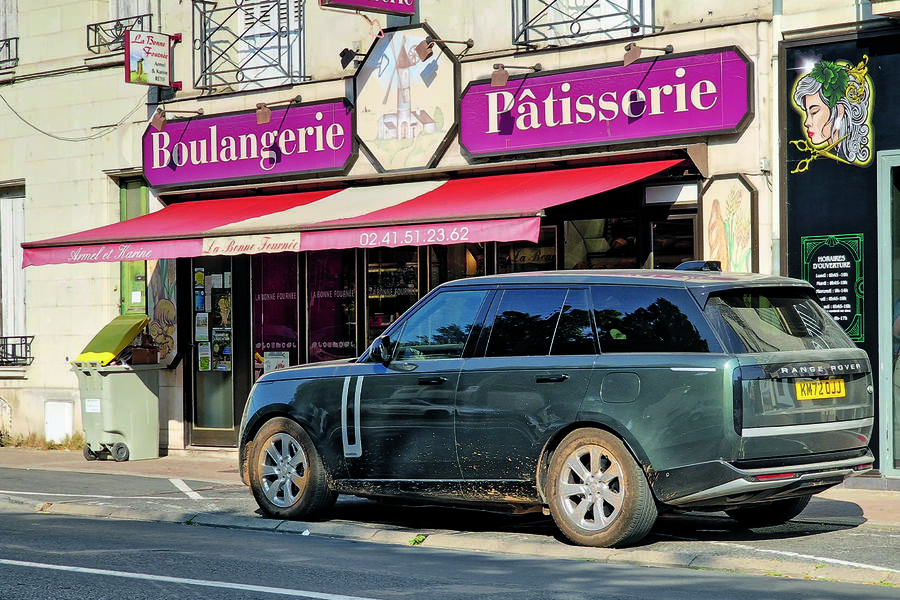
Life with a Range Rover: Month 6
After 12,000 miles with our upmarket plug-in hybrid SUV, the final verdict is in - 8 November
The Range Rover is one of those cars with a fervent fanbase. Whether or not anyone needs a car of such monumental ability (most of the time they don’t), lots of people unconditionally love the brand, what the cars have to offer, and are either serial owners or covet the idea of owning one. It’s a bit of a cult.
And, honestly, that’s absolutely fine. There’s a heap of appeal here, yet the whole Range Rover thing has never resonated with me. My idea of the perfect Land Rover product was always something along the lines of a Discovery 4 with a diesel V6 – comfortable and spacious but hardy and manageably sized – and, crucially, très unpretentious.
So, as ridiculous as it sounds, I wasn’t exactly a drooling mess when in June I took over the running of our £137k Belgravia Green Range Rover P440e. I’ve never hankered after a 2.7-tonne SUV with a tax-break PHEV powertrain and wood trim. More to the point, in my patch of London, owning such an overlord-spec machine just isn’t the way to make friends. Only the other day, a tyre on my GLC test car was let down by the ‘Tyre Extinguishers’ (Google them; they use lentils). A GLC! The Rangie makes the Mercedes look like a scale model.
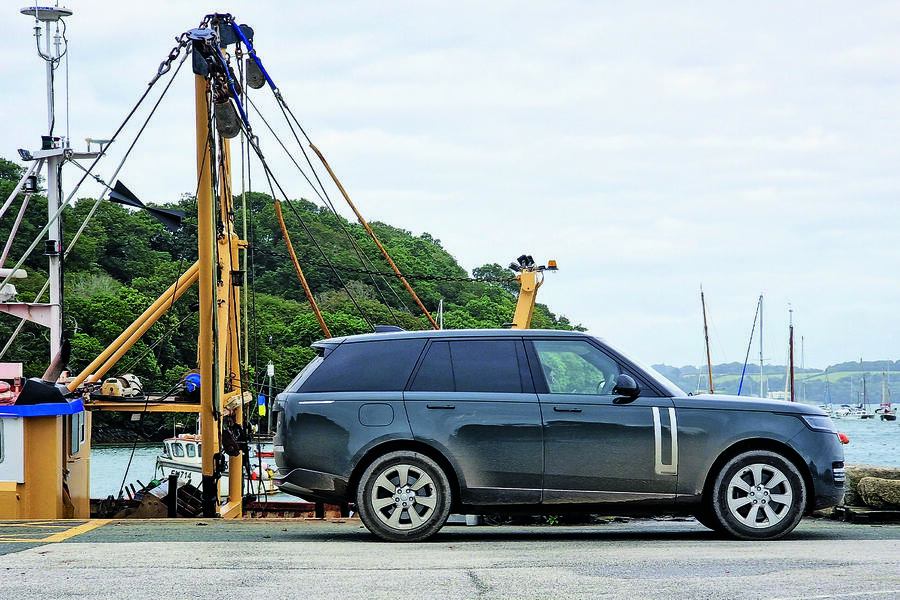

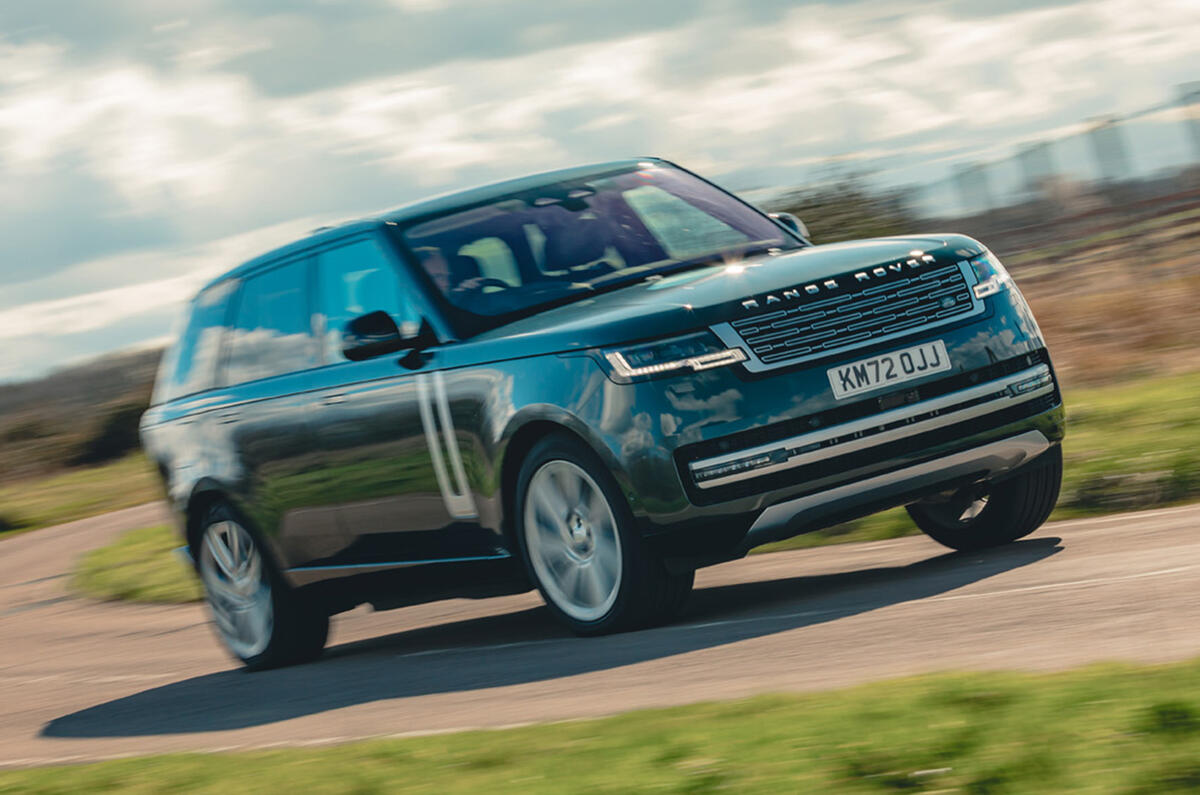
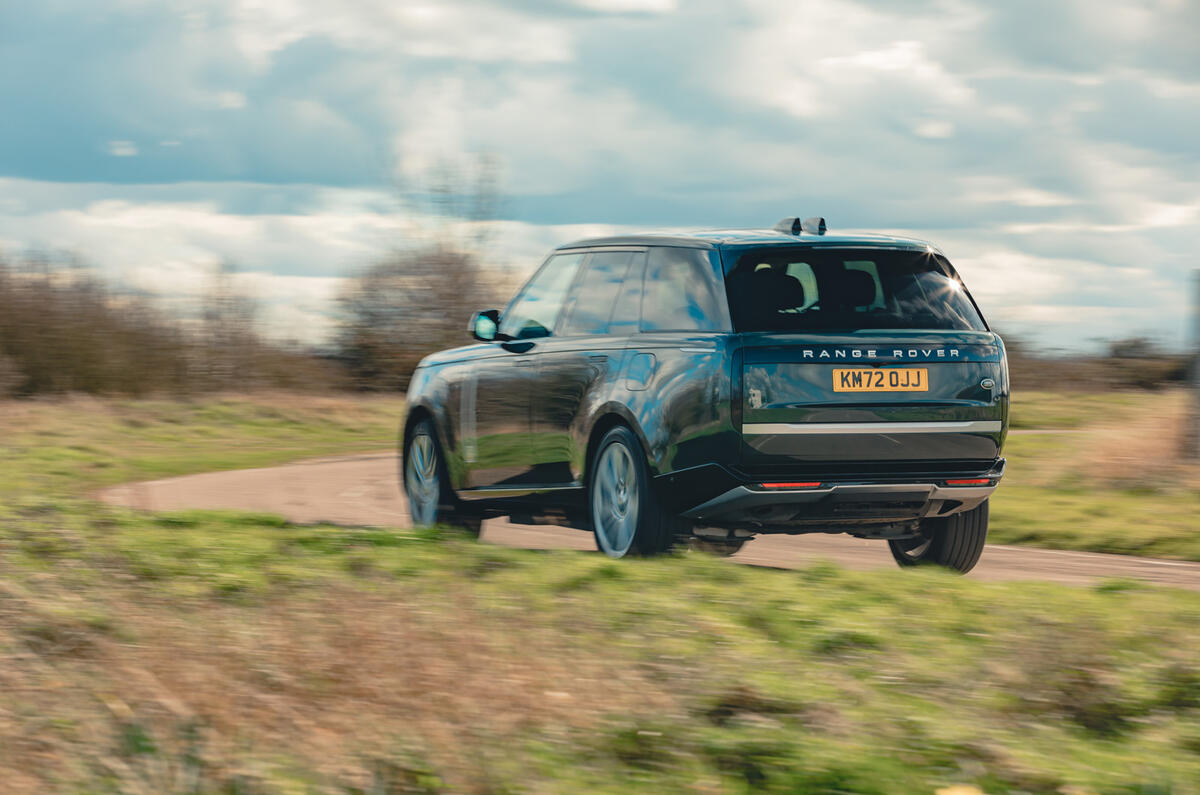
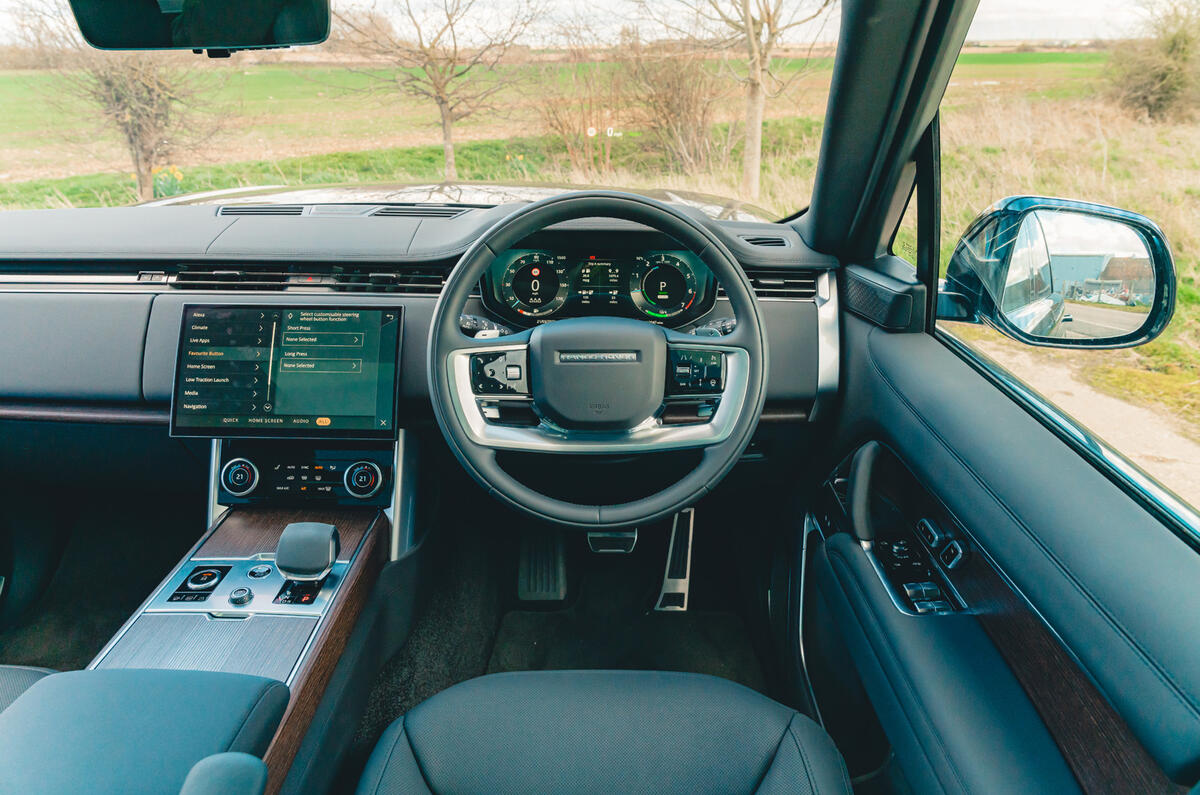
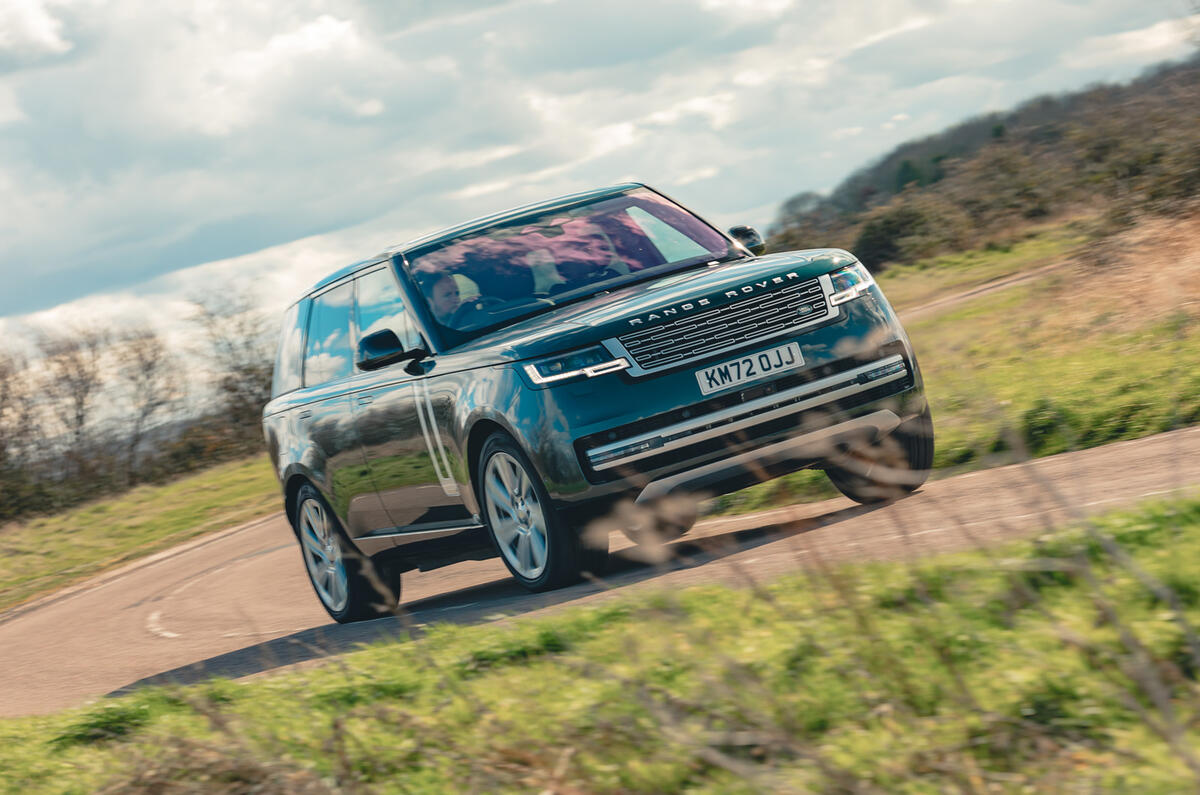
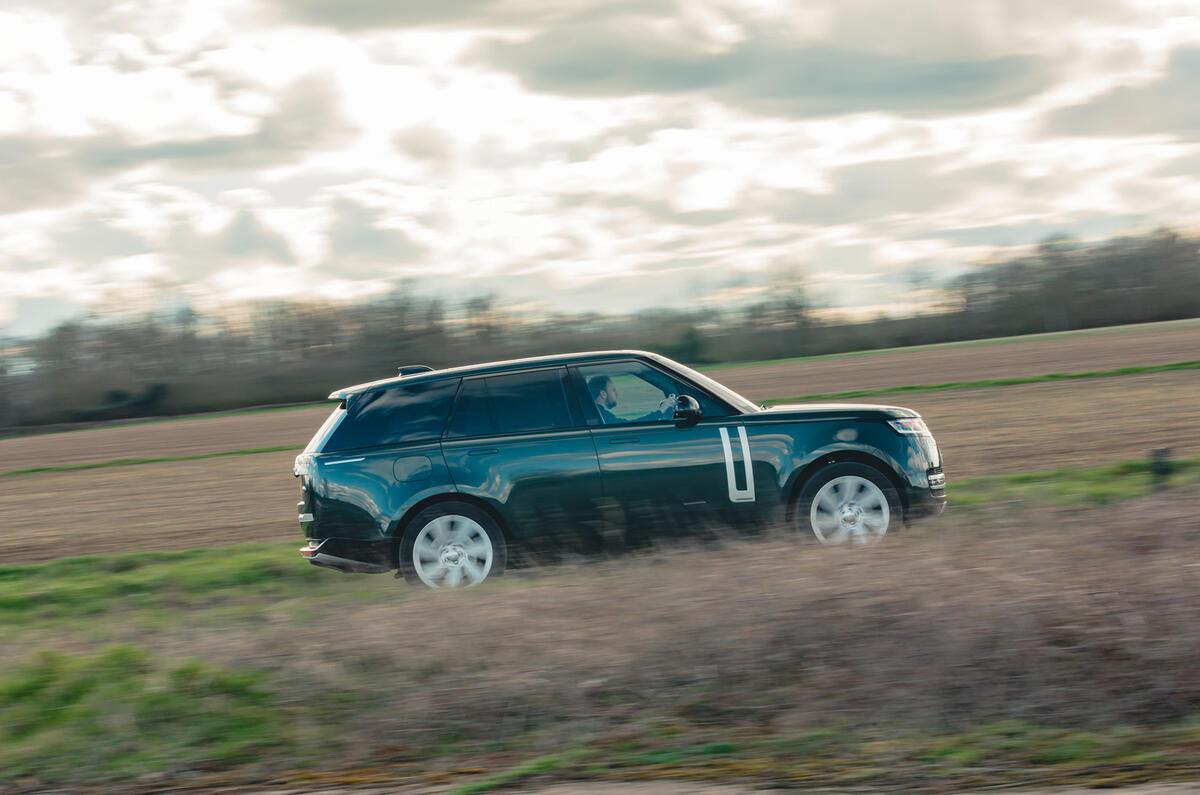
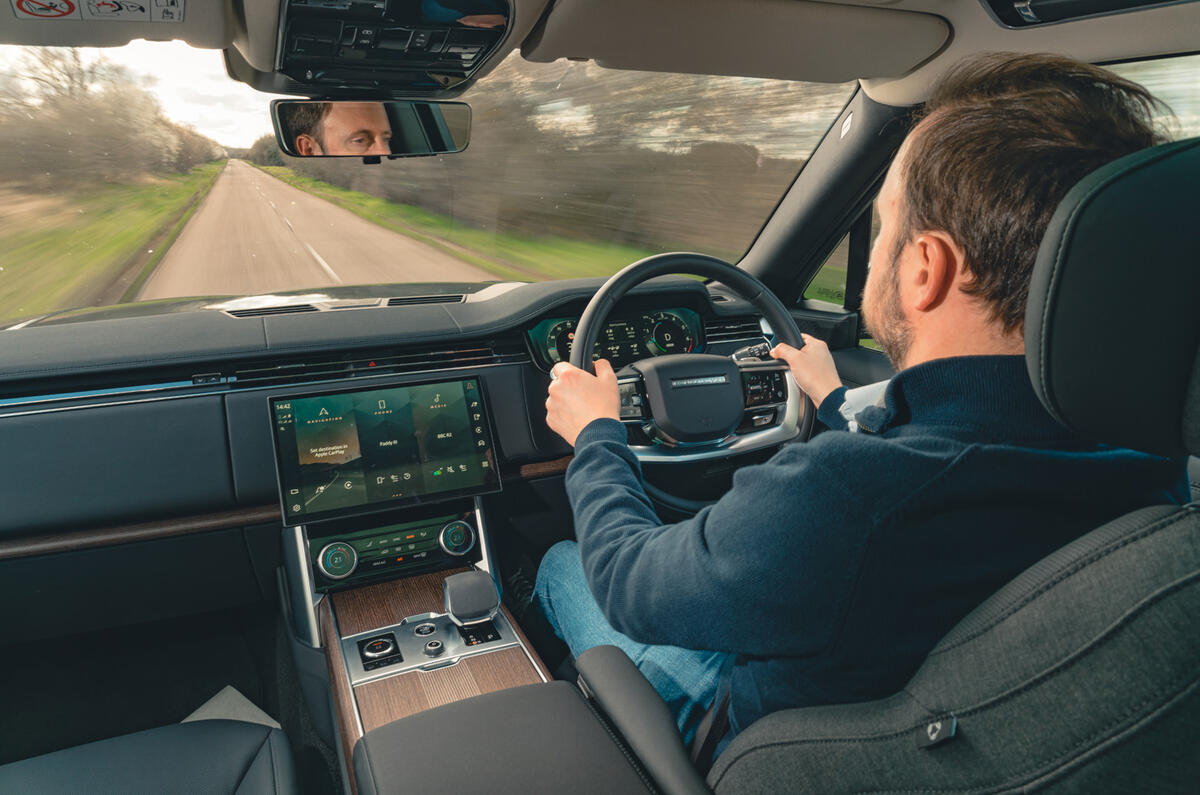
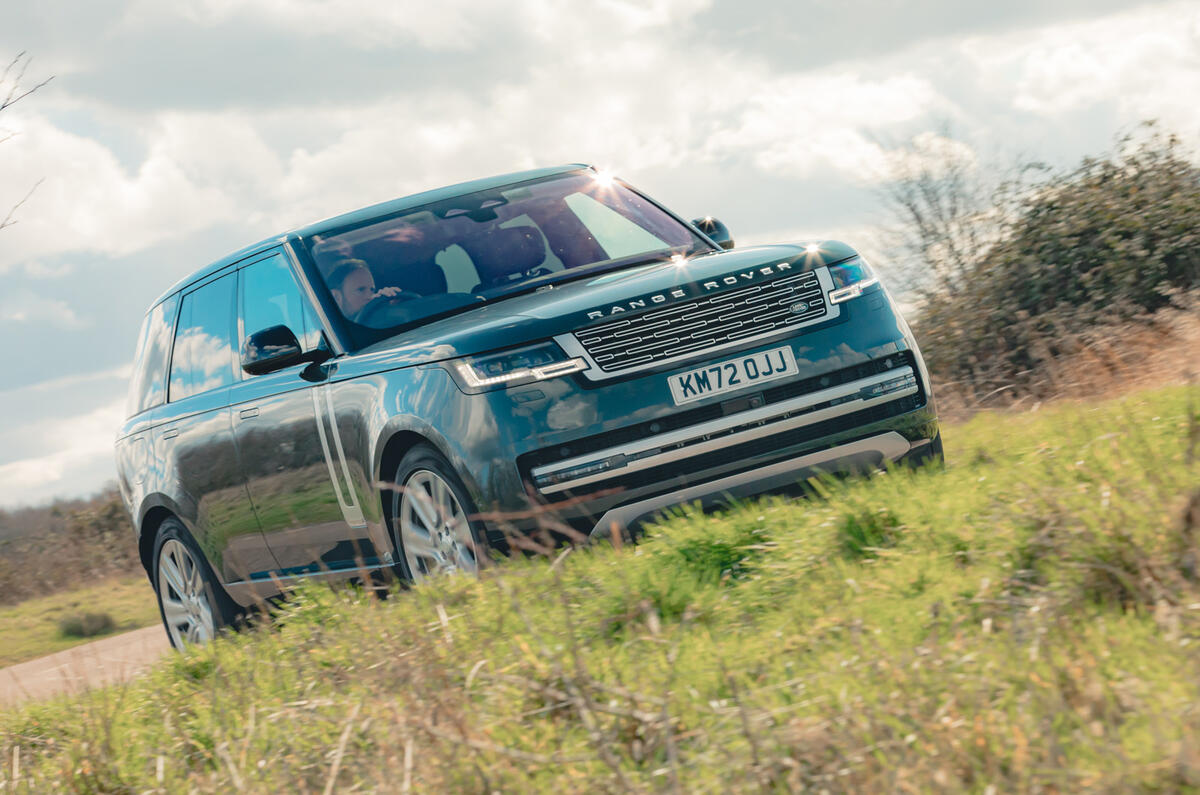


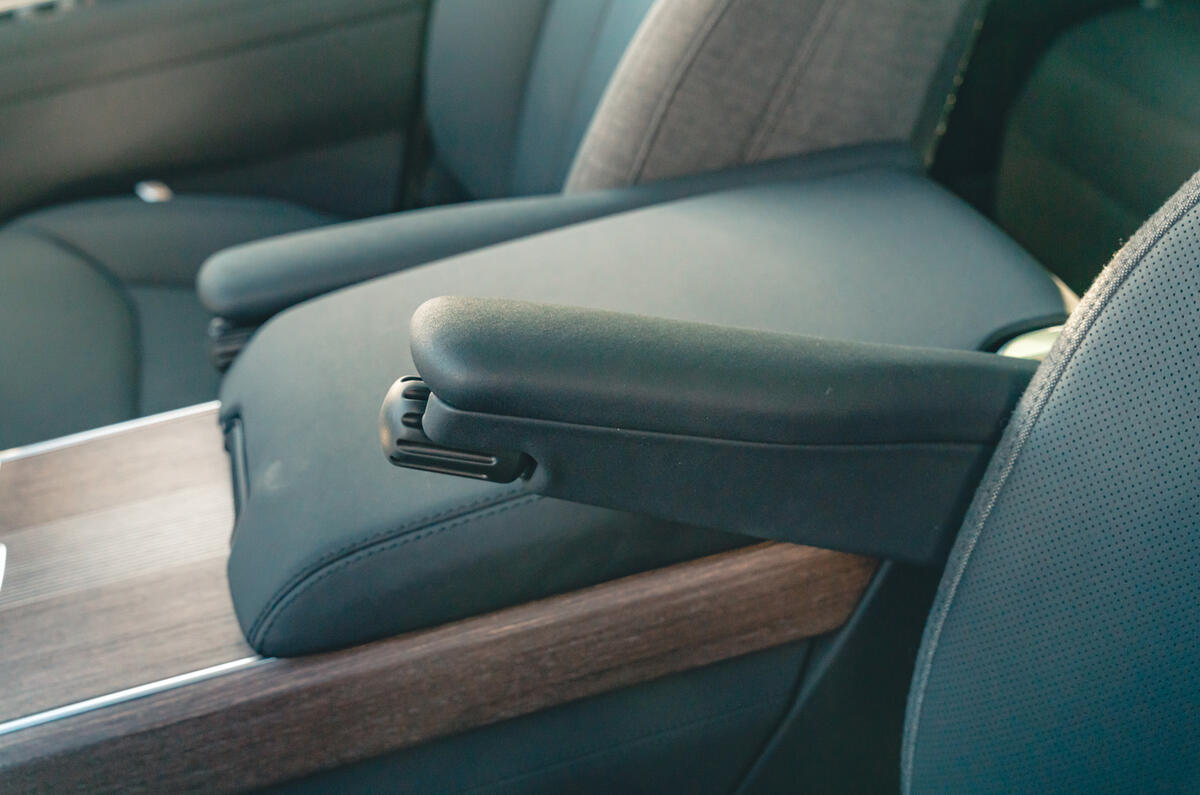
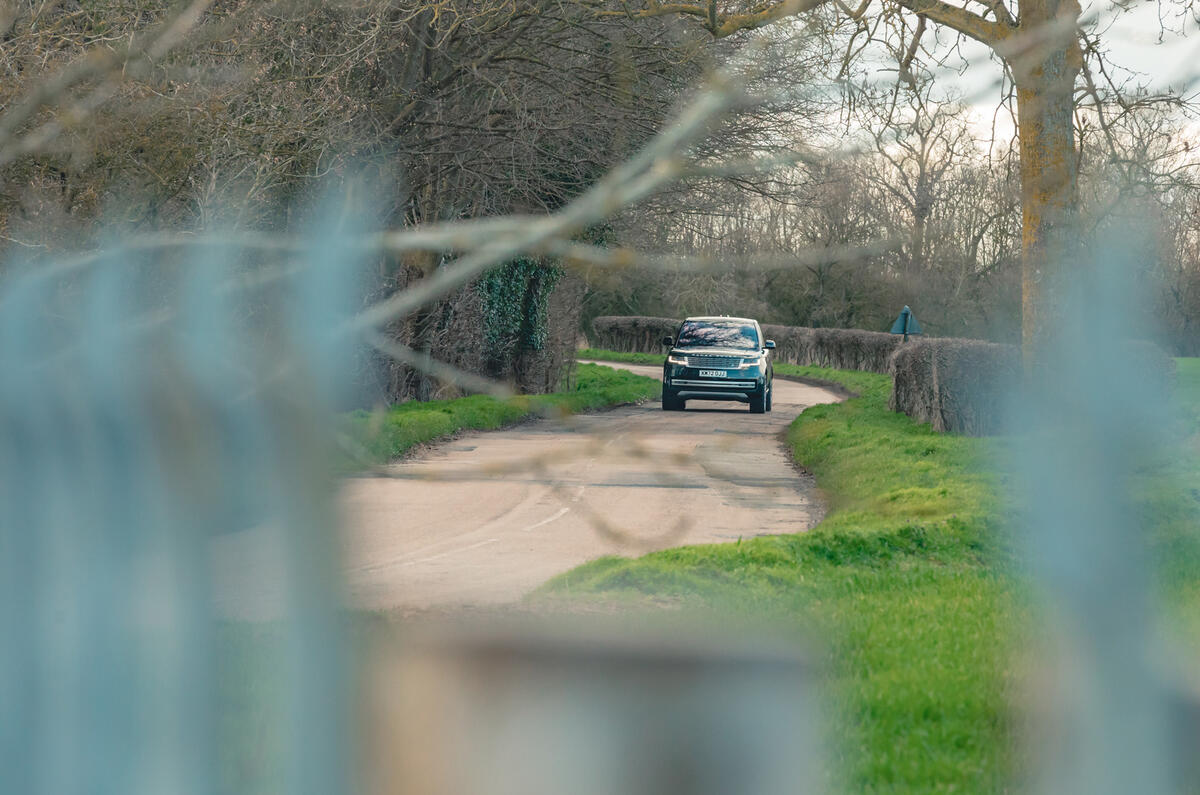

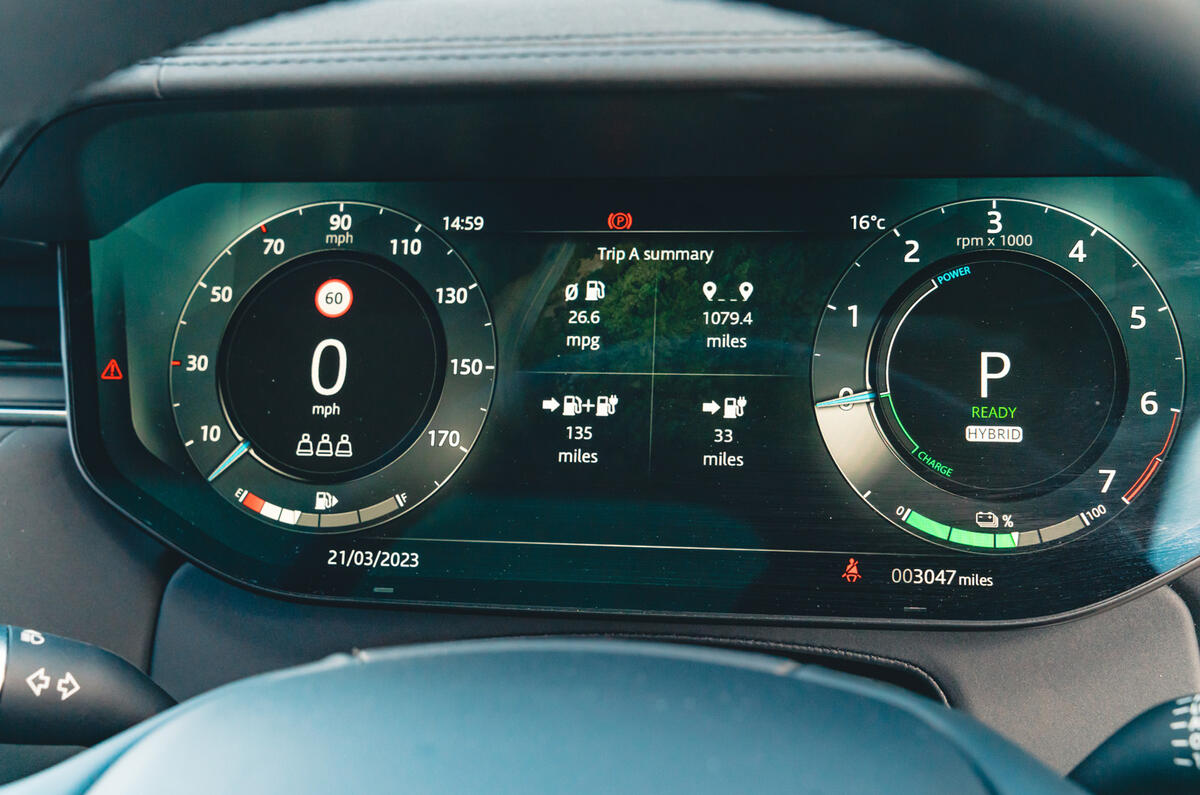
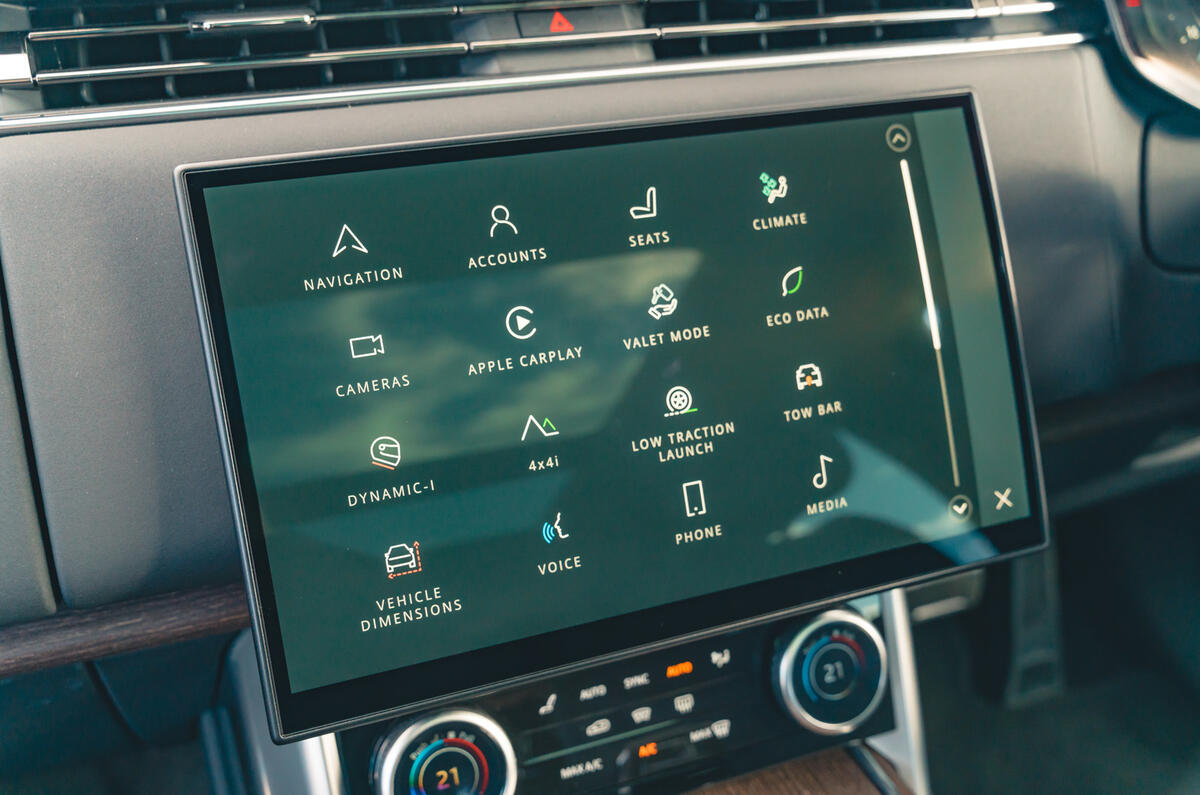

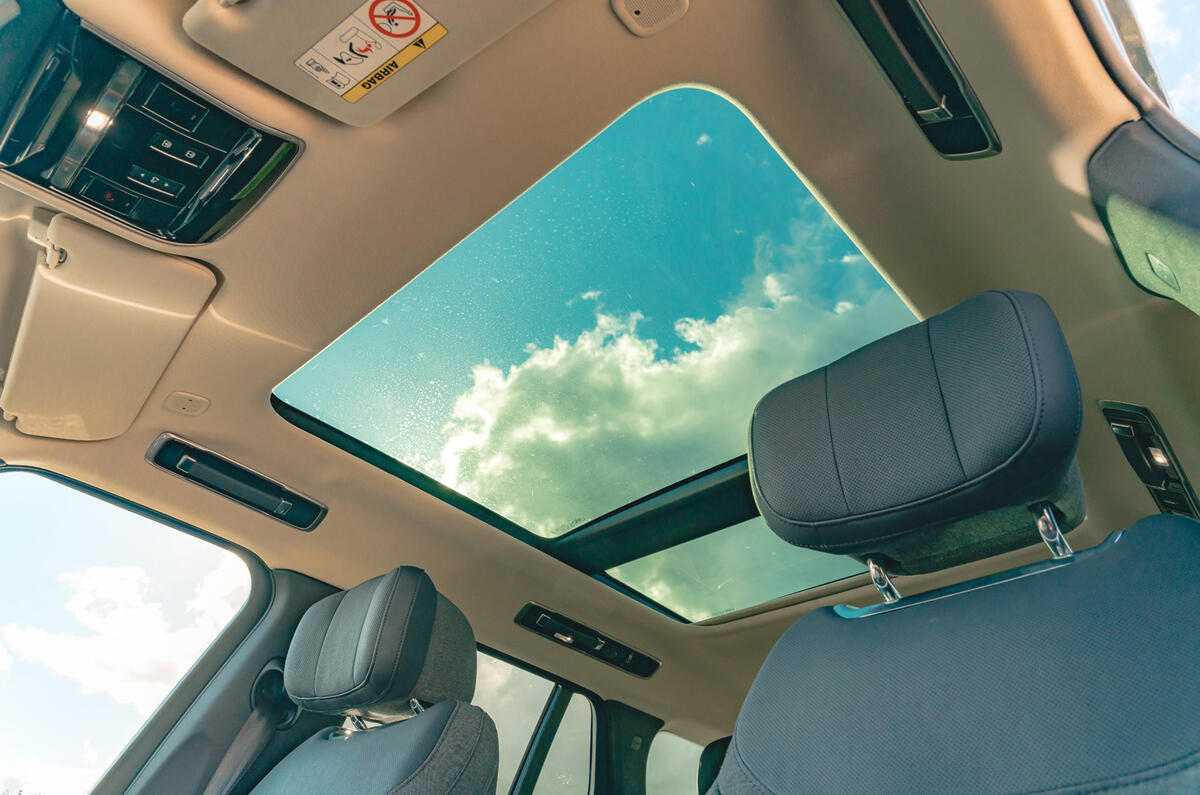

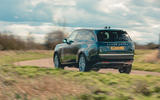
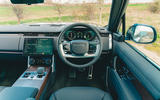

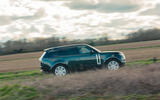
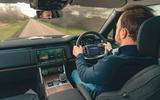
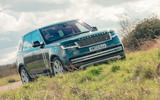
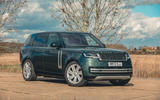
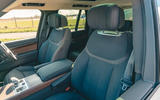
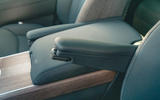
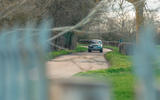

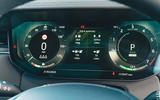
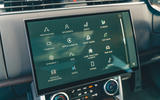
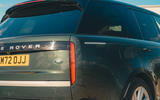
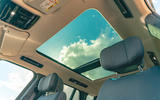

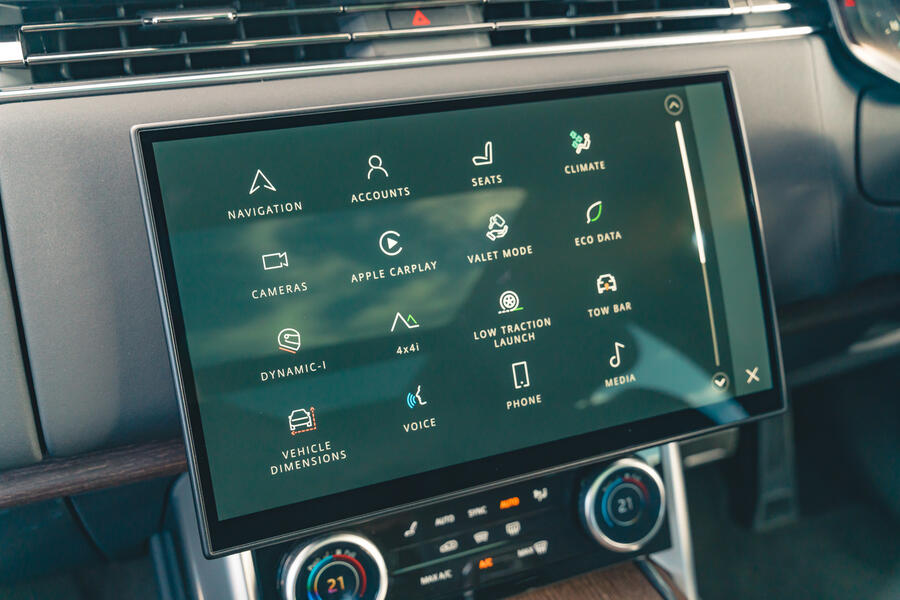
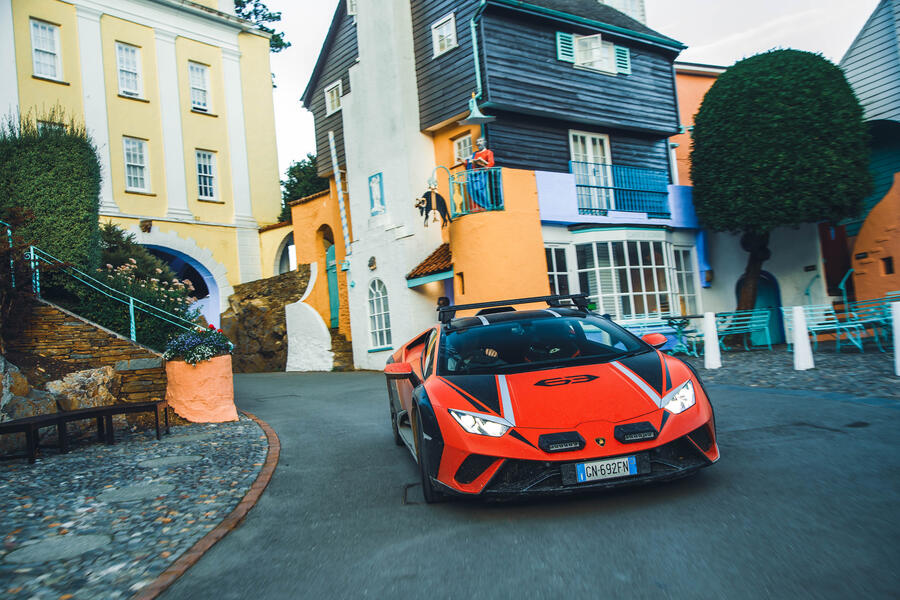
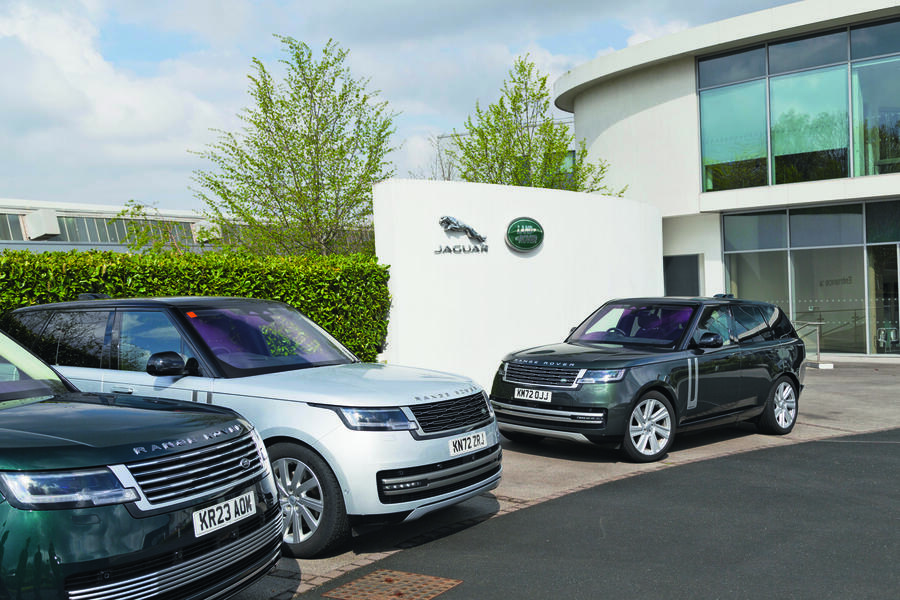
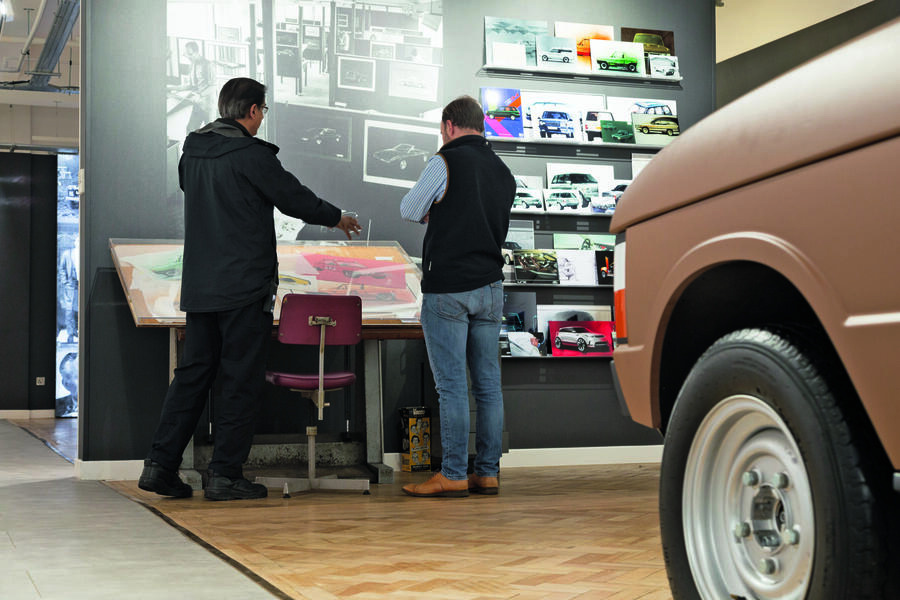
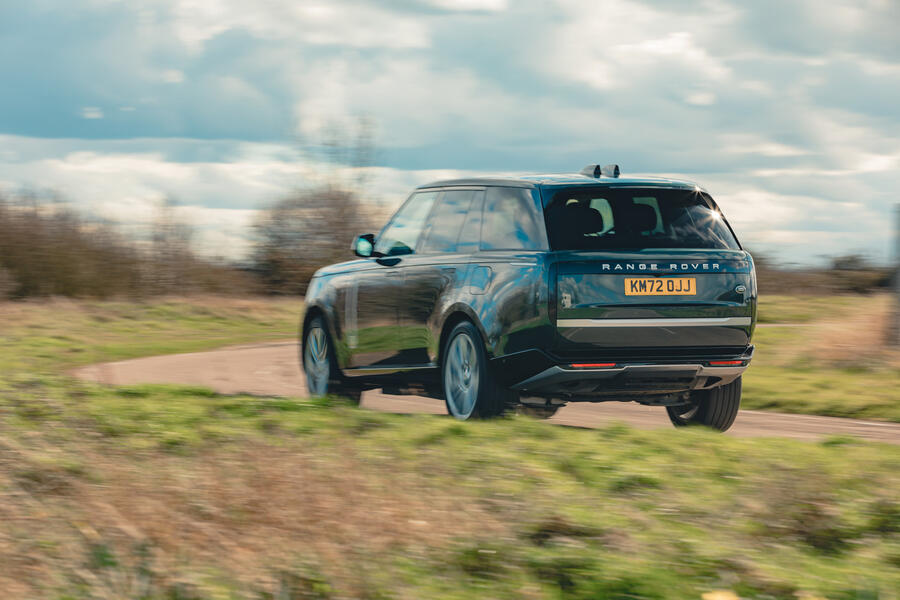
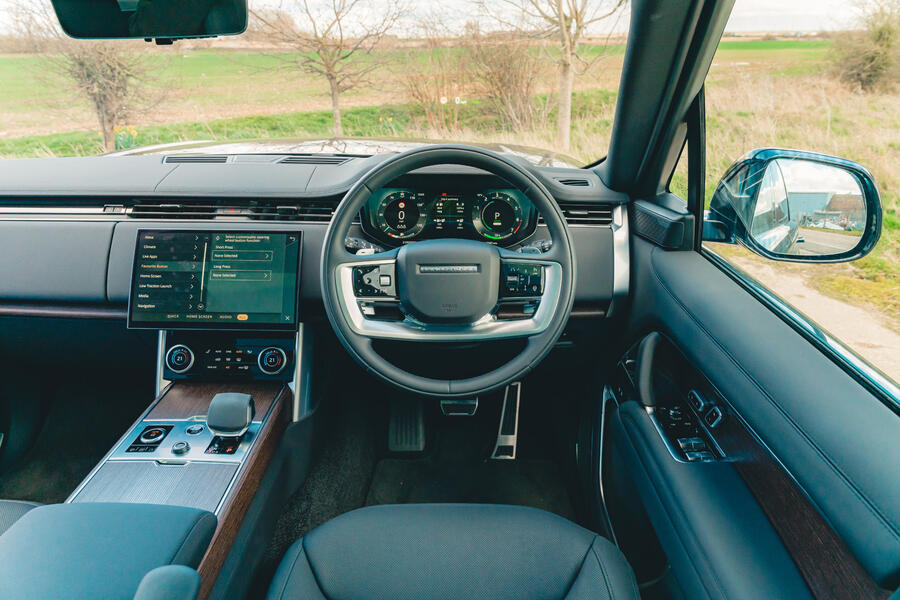





Join the debate
Add your comment
Why not write about the rangie PHEV
ability to use regen braking when slowing the vehicle on approach to roundabouts or slowing for congestion, this essential driving PHEV technique can harvest otherwise lost energy and charge the battery & improve consumption 30-40 % , in my experience, once mastered, instead of using the foot brake I always regen , this EV PHEV technology marvel can not be underestimated when towing a heavy trailer or caravan down steep hills , I regularly can regen an extra FREE 10-15 miles EV range when traveling down hill on my average 40 mile commute.
Regenerative braking also gives an added reassuring confidence to control a big car & trailer on winding 30- 40 mph country roads and when mastered correctly can change your driving style and add extra enjoyment to a good car. You write nothing about this PHEV technology marvel?
or is the PHEV range rover not equipped with regenerative braking !?
That would be like driving a fully laden HGV without an effective exhaust brake.
Another PHEV trick not mentioned is it's ability of charging the PHEVS battery when stationary in ' charge mode '
a good PHEVs Atkinson cycle engine when stationary can return the equivalent of 140 -170 + mpg
this stationary charge ability is especially effective for cooling or heating the cabin and when deployed correctly is also very effective at powering a caravan or backup power supply from the PHEVs boot equped 16 amp power take off socket !?
or is this another essential PHEV feature not found in Your PHEV rangie !?
What was the overall fuel consumption over the course of the test?
Test average was 27.6mpg over the six months.
Thank you!
I missed the data box at the bottom of the page on first reading. I wonder what the plain D350 would record on a similar test.
It used to be, but on an all LED light vehicle the modern blinker and sound is not a relay clicking away too fast but an icon on a screen and the click sound is via the speakers. So poor software here.